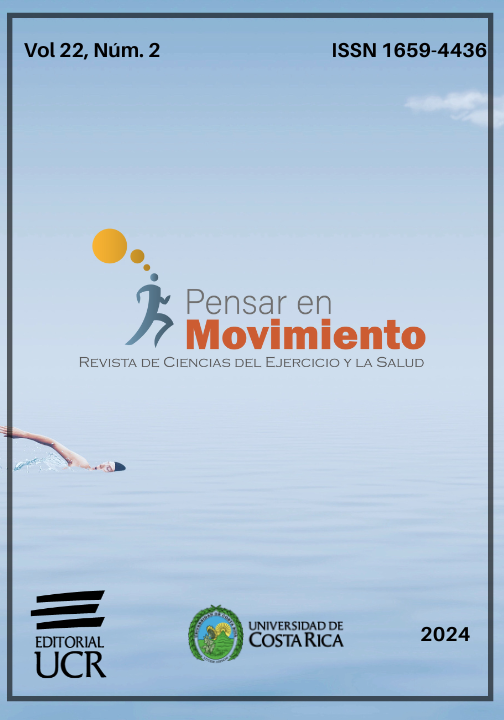Resumo
Successful performance in each sport requires high ability in various features, including motor and perceptual-cognitive skills. This study aimed to compare the balance and agility in athletes from several sports branches to find out how cognitive functions relate to these parameters. Seventy-three individuals aged 18-30 were included in this prospective-descriptive study. In the assessment of cognition, Montreal Cognitive Assessment Scale, d2 Test of Attention, and a Bassin Anticipation Timer Device were used. While Prokin-TecnoBody was used to measure the balance skills, Illinois Agility Test (IAT) was used for agility. IAT times showed positive weak correlations with both the absolute error-score (AES) at 8mph (r=0.260, p=0.040) and mediolateral balance score (ML)(r=0.255, p=0.043). While there was a negative weak correlation between AES at 3mph and anteroposterior score of balance (r=-0.267, p=0.035), we found positive weak correlation between AES at 8mph and ML of balance (r=0.253, p=0.046). It was found that the IAT scores of the sedentary group were significantly lower than athletes (p=0.000). According to AES at 3mph, there were significant differences between tennis players and both sedentary and volleyball players (p=0.008, p=0.002, respectively). When the AES at 8mph compared, the only statistically significant difference was between tennis players and sedentary (p=0.008). In conclusion, this study shows how cognitive functions, particularly coincidence anticipation timing (CAT), correlate with essential physical performance factors like agility and balance across different sport branches, suggesting that improving cognitive skills could enhance overall athletic performance and inform mental training strategies in sports. It is recommended that future sports science research focus on enhancing CAT through targeted training programs.
Referências
Özen Oruk, D., Bayar, K., Saygın, Ö., & Bayar, B. (2024). Cognitive functions and their relation to balance and agility in athletes from differents sports branches. Pensar en Movimiento: Revista de Ciencias del Ejercicio y la Salud, 22(2), e56481. https://doi.org/10.15517/pensarmov.v22i2.56481

Este trabalho está licenciado sob uma licença Creative Commons Attribution-NonCommercial-ShareAlike 4.0 International License.
Copyright (c) 2024 Dilara Özen Oruk, Kılıçhan Bayar, Özcan Saygın, Banu Bayar


